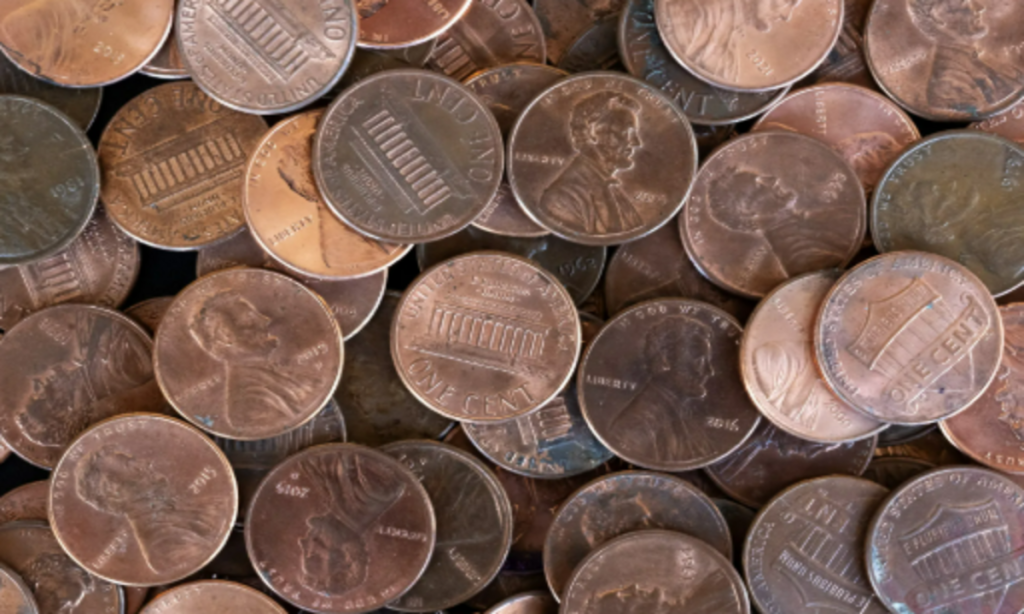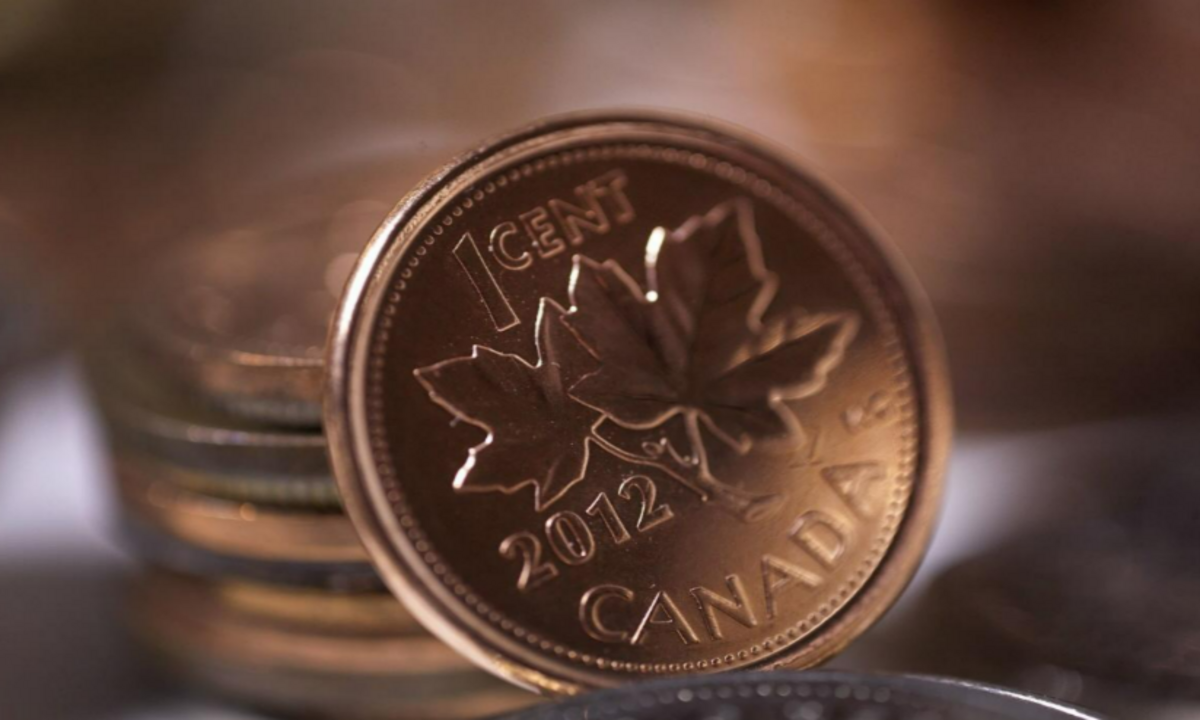President Trump Orders Halt to Penny Production Amid Rising Costs
In a decisive move to reduce government spending, former President Donald Trump has directed the U.S. Treasury Department to stop minting new one-cent coins, commonly known as pennies. This decision follows growing concerns about the rising cost of producing the coin, which now exceeds its face value.
Rationale Behind the Decision
The U.S. Mint reported a loss of $85.3 million in the 2024 fiscal year from producing nearly 3.2 billion pennies. Each penny costs approximately 3.7 cents to manufacture, a significant increase from previous years. The price of copper and zinc, the primary metals used in the coin, has surged in global markets, making the production of pennies economically unviable.
Trump’s announcement has sparked mixed reactions across the nation. Some believe eliminating the penny is long overdue, while others worry about the cultural and economic impact of removing such an iconic coin from circulation.
Penny Hoarders See an Opportunity
For those who have been collecting old pennies, particularly those minted before 1983 (which contain 95% copper), Trump’s decision has fueled hope of future profits. These older pennies are significantly more valuable in metal content than their face value.
Portland Mint, a company that specializes in bulk sales of old pennies, has reported an increase in demand. A cache of 40,000 pounds (18,100 kg) of pre-1983 pennies, with a total face value of around $60,000, currently sells for about $120,000. Investors speculate that, if the government lifts the ban on melting pennies, these coins could be worth even more due to their copper content.
The Legal Barrier to Melting Pennies
A key hurdle for investors is the current ban on melting pennies for their metal content. Under U.S. law, it remains illegal to melt nickels and pennies to recover their metal value. The concern is that allowing mass melting could lead to shortages of circulating coins.
However, if the penny is discontinued permanently, investors speculate that the government might repeal the melting ban, allowing them to cash in on their copper hoards.
The Public Reaction: Nostalgia vs. Progress
While some Americans support eliminating the penny as an outdated and costly currency, others argue that the coin holds historical and sentimental value.
Supporters of the move argue that businesses and consumers will benefit from rounding transactions to the nearest nickel, reducing inefficiencies in cash transactions.
Opponents worry about the psychological impact of price rounding and fear that retailers may use the change to increase prices subtly.
Coin collectors and enthusiasts express concerns about the loss of an American icon that has been in circulation for more than 160 years.
What’s Next? The Future of U.S. Coinage
The U.S. Mint and the Treasury Department will now assess the long-term impact of stopping penny production. Some experts believe that discontinuing pennies could pave the way for the phasing out of other coins, such as nickels, which also cost more to produce than their face value.
As discussions continue, financial analysts suggest that Americans may eventually see a shift toward a more digital economy, reducing the need for physical coins altogether.
Trump’s order to stop penny production marks a historic shift in U.S. currency policy. Whether this decision leads to financial benefits or unintended consequences, one thing is certain: the era of the penny may be coming to an end.
For now, investors, collectors, and everyday Americans will watch closely as this decision unfolds and shapes the future of U.S. currency.
Disclaimer—Our team has checked this article to ensure its accuracy and eliminate any misinformation. We are committed to providing clear and reliable information for our readers.


